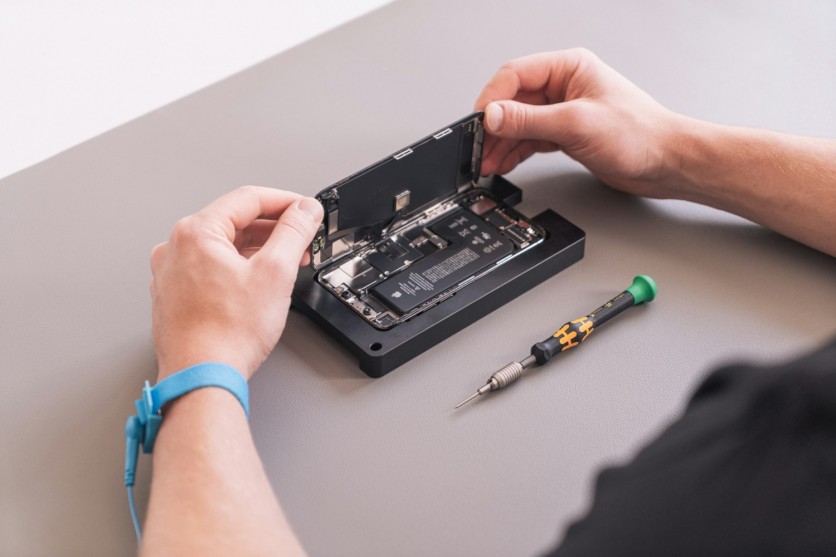Apple revealed significant updates to its repair policy, allowing certain iPhone repairs to utilize recycled authentic parts for the first time. Despite this change, one contentious repair method, known as parts pairing, remains unchanged.

This fall, Apple will now allow repair shops to use old Apple parts in repairs, committing to product longevity and environmental sustainability. (Photo: Revendo from Unsplash)
Addressing Right-to-Repair Concerns
Apple has announced an expansion of its iPhone repair services, allowing used components to be used in the process. Starting this fall, customers and independent repair shops can repair their devices using these compatible parts.
John Ternus, Apple's senior vice president of Hardware Engineering, defended parts pairing, emphasizing that it is not considered unethical.
TechCrunch reported that Apple has stood by its process, emphasizing the importance of using genuine components to ensure user security and privacy. While the company has not previously used the term "parts pairing" to describe its configuration process, it acknowledges its widespread use externally.
However, it recognizes that the term carries negative connotations in many circles. Ternus emphasizes that the practice, regardless of its name, is not negative. He explains that by identifying the module in use, Apple ensures the highest quality when replacing parts in new phones.
The controversy around this practice escalated when it became a focal point of Oregon's recently enacted right-to-repair legislation. Apple, which has voiced support for similar bills in California, strongly opposed Oregon's bill due to its provision on parts pairing.
Facing Criticisms
Apple has faced criticism from right-to-repair advocates who accuse the company of using parts pairing to hinder user repairability. iFixit labeled this practice the "biggest threat to repair" in January.
They illustrated a situation where an iPhone user tries to use a battery from a friend's old device, only to encounter a pop-up message saying, "Important Battery Message. Unable to verify this iPhone has a genuine Apple battery."
This scenario, which has actually happened, has caused confusion for many. After all, a battery taken directly from another iPhone should be authentic.
Previously, only certain components, like volume buttons, could be salvaged from used devices. Now, Apple is extending this to include all components, such as batteries, displays, and cameras, which require configuration for full functionality. Face ID will not be supported initially, but it will be added later.
This feature will initially only apply to the iPhone 15 models due to limited compatibility with older models. This limitation is primarily due to differences in the phones' designs, making it challenging for parts from older models to fit properly.
Additionally, the previous restriction on using components from used models was related to a process known as "parts pairing."
Ternus underscores his team's dedication to improving user access to repairs, regardless of ongoing legislative debates. He explains that they focus on enhancing repairability and tend to disregard external news to concentrate on their objectives.
He advocates for a balanced approach to product design and self-repair, emphasizing the importance of using the appropriate tools for each task.
Ternus stresses that while repairability is crucial, solely concentrating on it may result in unintended consequences that are not advantageous for consumers or the environment.





